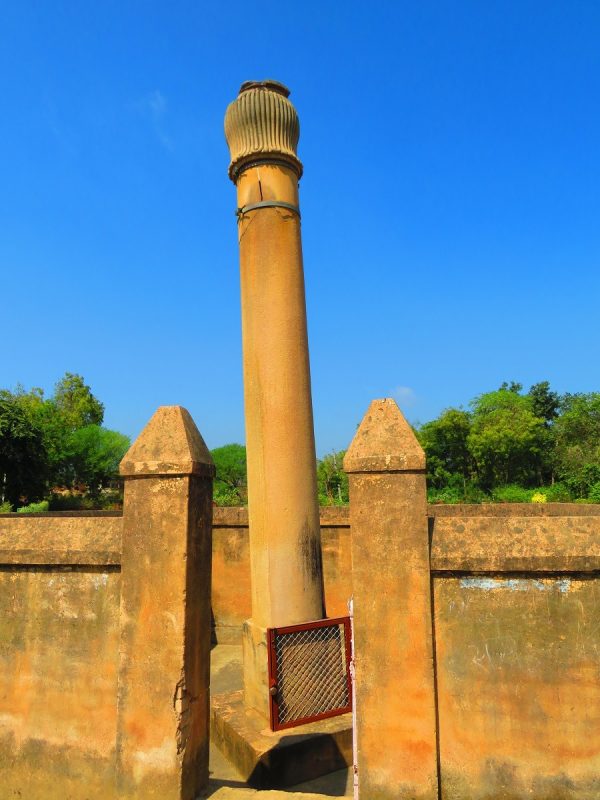Akhanda Bharat saw several invasions from the fearsome Huns whose tentacles of power had spread across South Asia and Europe at a frightening speed in the final years of Kumaragupta’s reign. By the end of the 5th century, Attila the Hun had plundered the rich provinces of Europe with alarming ease while the Huns under the leadership of Toramana entered India through the weak North-West Frontier Province.
They established themselves in Afghanistan and carried out a merciless attack on the Buddhists destroying their stupas and monasteries. They reached the boundaries of the Gupta empire when Skandagupta took over the reins of the empire. Though Purugupta was the son of the chief queen and heir to the throne, Kumaragupta chose to coronate Skandagupta as the undisputed emperor of Akhanda Bharat. Skandagupta had to first put down revolts from the vassals who decided to take advantage of the chaos in succession to claim their independence.
Skandagupta went about methodically squashing all the rebellions and brought the kings under his thumb with decisive efficiency. In the meanwhile, the Huns had gone on a rampage pillaging, massacring and destroying ancient icons of Indian heritage and culture.
Skandagupta led his army to meet the Huns and the bloody battle that ensued saw the Huns emphatically routed. The inscription at Bhitari says that “… the earth trembled and the noise of his arrows was like the roaring of the river Ganga”.
The pillar inscription also says that Vikramaditya Skandagupta defeated an enemy called the Pushyamitras who had a large army and resources at hand. The inscription reads that Skandagupta in a bid to restore his family fortune had to spend an entire night on bare ground. This astonishing feat led to Skandagupta’s ascension to the throne upon the death of his father.
The inscription has nineteen lines starting with the Gupta lineage going back nine generations followed by a description of Skandagupta and ending with his stupendous achievements over the Huns and the Pushyamitras. The inscription is in Sanskrit and has been translated by scholars to the best of their ability.
The monolith is carved from red sandstone and rises to a height of 15 feet. The upper part is well-polished while there are distinctive chisel marks on the lower portion. The capital is broken and all that remains of it is the bell-shaped base. This ancient pillar of monumental importance lies in the historical village of Bhitari which is considered to be a place of great antiquity and archaeological importance.
Popularly called as Skandagupta’s Lata, this pillar also mentions his predecessor Kumaragupta whose name has been discovered in several large bricks that have been excavated at the base of the pillar. An oval silver plate bearing the inscription of Kumaragupta has been found in the ruins adjacent to the pillar along with seals and coins. This archaeological site might have been a royal palace as it would appear that Bhitari held a position of prominence during the Gupta reign.
Written by Lakshmi Subramanian
* Photos are only symbolic (Taken from public domain/internet and any copyright infringement is unintentional and regrettable)


Leave a comment